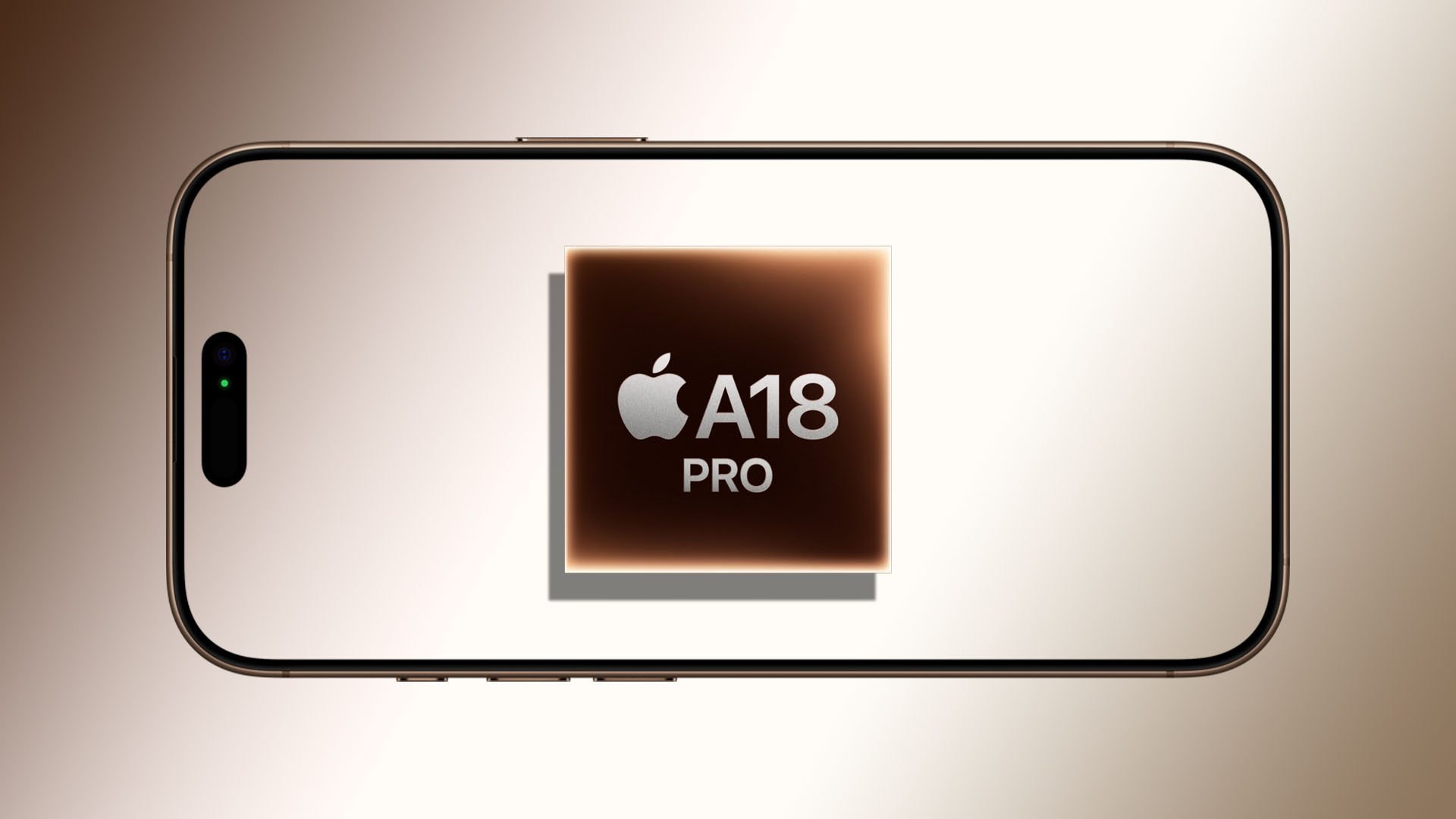A18 Pro Chip In iPhone 16 Pro Is Just As Fast As Apple’s M1 Chip In Multi-Core Test, Reaching Desktop-Class Performance After Four Years? Apple’s iPhone lineup has long been a benchmark for mobile innovation, with each new iteration pushing the boundaries of what a smartphone can achieve. The release of the iPhone 16 Pro in 2024 has brought with it yet another leap forward, this time powered by the highly anticipated A18 Pro chip. What makes the A18 Pro particularly noteworthy is its astonishing performance in multi-core benchmarks, where it rivals the capabilities of Apple’s own M1 chip, marking a significant milestone in mobile technology. This achievement highlights the convergence of smartphone and desktop performance, blurring the lines between devices that were once distinct in terms of capability.
The Evolution of Apple Silicon: From A-Series to M-Series
Before diving into the specifics of the A18 Pro chip, it’s essential to understand the context of Apple’s silicon journey. Apple has been designing its own chips for iPhones and iPads since the introduction of the A4 chip in 2010. Over the years, the company has progressively refined its A-series chips, pushing the limits of mobile computing.
In 2020, Apple took a major leap with the M1 chip, designed specifically for its Mac computers and iPad Pro. The M1 was the first in a series of desktop-class processors that delivered unprecedented performance and energy efficiency. Built on ARM architecture, it combined CPU, GPU, Neural Engine, and memory in a unified design, allowing the Mac to run more efficiently while offering significant power. The M1 brought Apple’s computers into the conversation of desktop performance while reducing power consumption.
Now, just four years later, the A18 Pro chip in the iPhone 16 Pro has managed to catch up with the M1 in multi-core performance, a testament to Apple’s relentless innovation in silicon design. This achievement suggests that the power of desktop-class computing is now accessible in your pocket, changing the way users think about the capabilities of their smartphones.
A18 Pro Chip: Architectural Advancements
The A18 Pro is built on a cutting-edge 3nm process, making it one of the most advanced mobile chips available. This smaller node size allows Apple to pack more transistors into the chip, increasing its efficiency and performance. In addition to this, Apple has refined the chip’s architecture with a greater focus on multi-core workloads, making it highly effective at handling tasks that require parallel processing.
The A18 Pro features a six-core CPU with two high-performance cores and four efficiency cores, similar to the architecture used in the M1. These performance cores are designed to handle intensive tasks such as gaming, video editing, and machine learning computations, while the efficiency cores take care of less demanding processes, ensuring that battery life remains optimized.
Apple has also integrated a high-performance 8-core GPU into the A18 Pro, providing a substantial graphics boost that brings console-level gaming and demanding graphical applications to the iPhone 16 Pro. Coupled with the Neural Engine, which is now even more powerful, the A18 Pro excels at artificial intelligence and machine learning tasks, paving the way for more advanced AR and AI-driven experiences on mobile.
Multi-Core Performance: Closing the Gap with M1
In recent benchmarks, the A18 Pro has shown remarkable multi-core performance, closely matching that of the M1 chip. While single-core performance has traditionally been a strong suit for Apple’s A-series chips, with each new iteration setting new records, it’s the multi-core performance that has taken the spotlight with the A18 Pro.
In a Geekbench 6 multi-core test, the A18 Pro reportedly scored in the range of 10,000 to 10,500, putting it almost neck-and-neck with the M1 chip, which typically scores around 11,000 in the same test. This is an impressive feat, given that the M1 is a desktop-class chip, powering devices like the MacBook Air, MacBook Pro, and Mac Mini. The fact that a mobile chip in a smartphone can reach this level of performance is a clear indication that Apple’s silicon strategy is paying off.
Moreover, the A18 Pro’s performance in graphics-heavy applications has also seen a massive improvement, with its 8-core GPU delivering close to the performance of the M1’s integrated GPU. This improvement is particularly noticeable in applications like video editing, 3D rendering, and high-end gaming, where the iPhone 16 Pro can now compete with some of the lower-end MacBook models in terms of sheer processing power.
Desktop-Class Performance on a Smartphone: What It Means for Users
The implications of the A18 Pro’s performance are profound, especially for those who rely on their iPhones for productivity and creative work. With desktop-class power in a device that fits in your hand, users can perform tasks previously reserved for computers, such as editing 4K videos, running complex AI models, and multitasking between numerous apps with ease. This level of performance opens up new possibilities for mobile-first workflows, where users can create, edit, and manage professional-grade projects directly from their smartphones without needing a traditional desktop or laptop.
For developers, this means that they can design more complex, powerful apps that take advantage of the iPhone’s newfound capabilities. Augmented reality (AR) applications, which rely on both CPU and GPU performance, are expected to benefit significantly from the A18 Pro chip. With iPhone 16 Pro users able to run more advanced AR experiences, Apple’s long-term vision for AR technology seems more attainable than ever.
Gamers, too, will experience a significant upgrade
